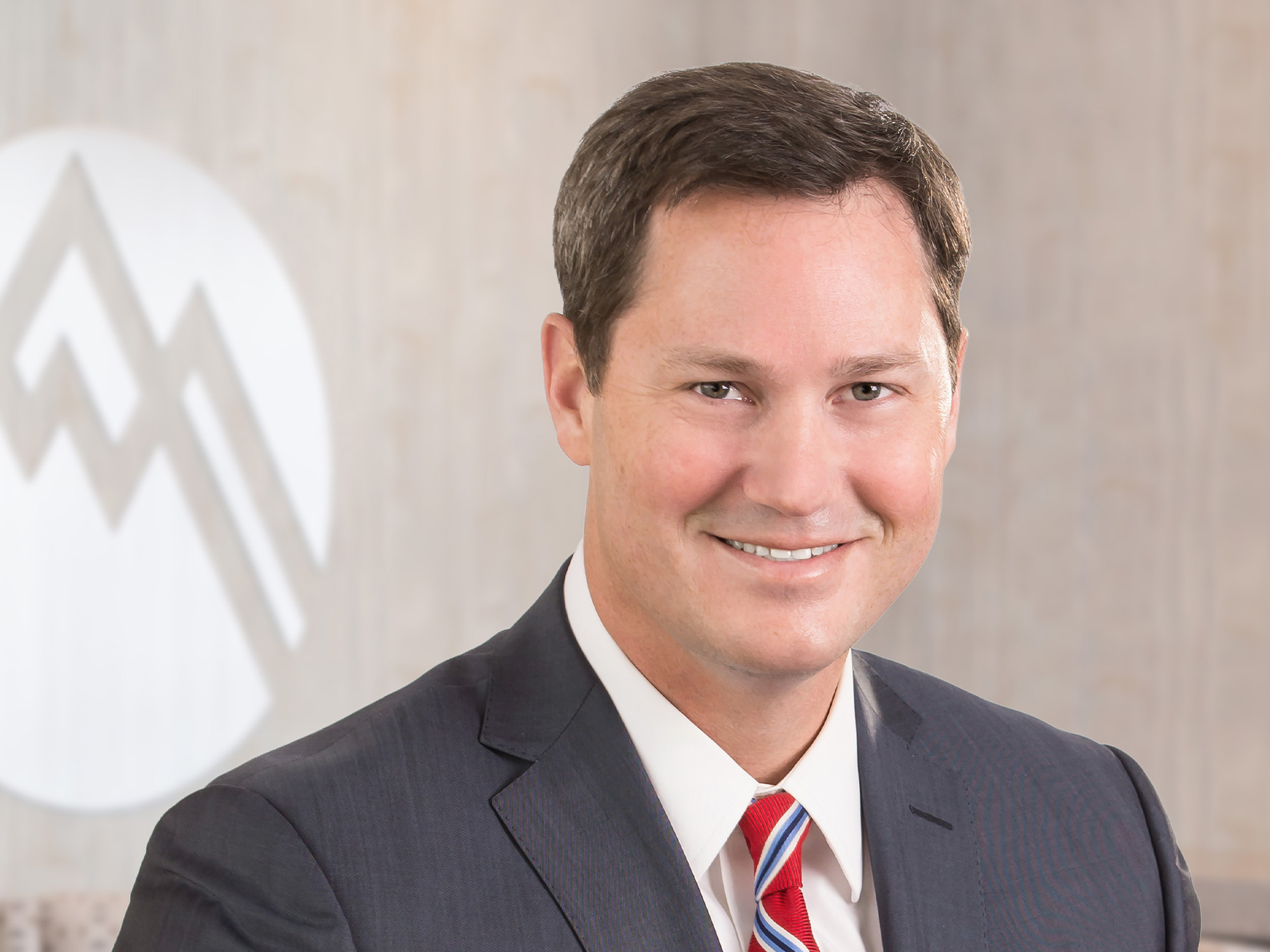When we make decisions about surgery while we are in pain, the promise of immediate benefit can make it difficult for us to properly weigh the risks. Dr. David Strothman shares his advice to patients considering back surgery.
Anyone who has suffered with back pain understands the high level of motivation to make the pain stop. Unfortunately, that keen desire for immediate relief can adversely affect our abilities to think clearly when evaluating surgical risks.
Impact of pain when evaluating surgical risks
“When I see people with a bad back problem and they’ve been in pain, they want the pain to go away,” says Summit spine surgeon Dr. David Strothman. “That’s understandable. If I tell them that there’s a 50-50 chance that surgery might be successful, frequently what they hear is: ‘You are telling me that there’s a chance of my pain going away. Let’s do it.’”
Our tendency is to focus on the promise of a fix, without considering what the risks might be. “When I explain surgical risks, I use an example from the movie Dumb and Dumber,” says Dr. Strothman. “There’s a scene where a guy is talking to a very pretty girl. He asks her what the chances are for a guy like him and a girl like her to get together. She tells him that he has a one-in-a-million chance. You expect him to be upset and depressed. Instead he looks up with a big smile on his face and says, ‘So. You’re saying there’s a chance.’
“I see that same dynamic in the consulting room,” he observes. “Patients can be so focused on the possibility of pain relief that they don’t hear our cautions that surgery is a big deal. It’s got significant risks. When we say there’s a 50-50 chance, that means that there is a 50 percent chance that surgery is not going to deliver the results they want.”
When spine surgery is the best option
For very specific spine conditions, evidence supports the use of surgery to achieve the best patient outcome. “The majority of surgeries we recommend are very successful, but there are some spinal conditions where surgery is only successful about half the time” Dr. Strothman explains. “In 90 to 95 percent of all spine pain cases, nonsurgical treatment offers the best long-term outcome.
When nonsurgical spine treatment is the right option
“Many spine issues are severely painful when they first arise, but in time, they can settle down and go away,” he points out. “When patients are in that very severe stage of pain, they are more than willing to have an operation because they want the pain to stop. Our job is to identify the best treatment plan and, when appropriate, develop a nonsurgical treatment plan to support our patients through the pain until it resolves. If you have a condition that will get better without a surgical intervention, that is better than having surgery because the risks are lower.”
The challenge is in monitoring patient progress, identifying patients who aren’t getting better with nonoperative therapies, and moving into a timely consideration of surgical options. “This is the advantage of a spine practice like ours,” says Dr. Strothman. “Our surgical and nonsurgical spine specialists regularly review and assess spine cases together. Our commitment to collaborative spine care helps our patients avoid unnecessary surgery, while making sure that people who are appropriate surgical candidates receive the care they need in a timely manner. Our approach is designed to minimize your risks and maximize your long-term outcome.”
Summit Orthopedics offers comprehensive spine expertise
Our back specialists diagnose spine problems and design custom treatment plans built on a conservative, nonsurgical approach. Most patients find relief through treatments including guided injections, specialized physical therapy, biofeedback, exercise, activity modification, and medication. When conservative care does not relieve symptoms, our highly skilled surgeons offer proven, evidence-based surgical options. Together with you, we will determine the right course of action.
Start your journey to a healthy spine. Find your spine expert, request an appointment online, or call us at (651) 968–5201 to schedule a spine consultation.
Summit has convenient locations across the Minneapolis-St. Paul metro area, serving Minnesota and western Wisconsin. We have state-of-the-art centers for comprehensive orthopedic care in Eagan, MN, Plymouth, MN, Vadnais Heights, MN, and Woodbury, MN, as well as additional community clinics throughout the metro and southern Minnesota.
Spine related resources
- Check out additional information on Summit’s approach to spine care
- See Summit’s treatment options for neck, back, and spine care
More resources for you
- Meet Summit Orthopedics Surgeon Dr. David Strothman
- Ask Dr. Nick Wills: What Steps Does Summit Take To Manage Spine Pain Safely?

